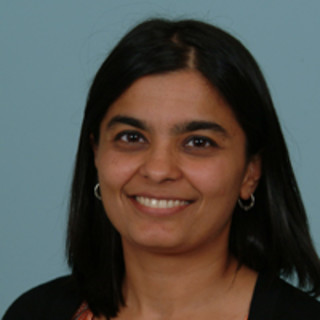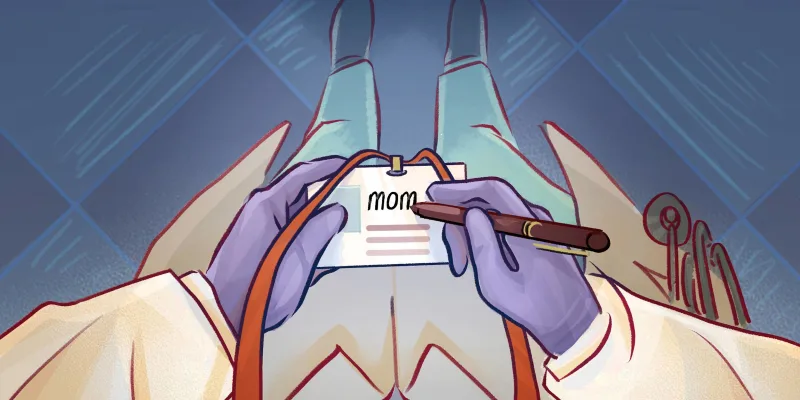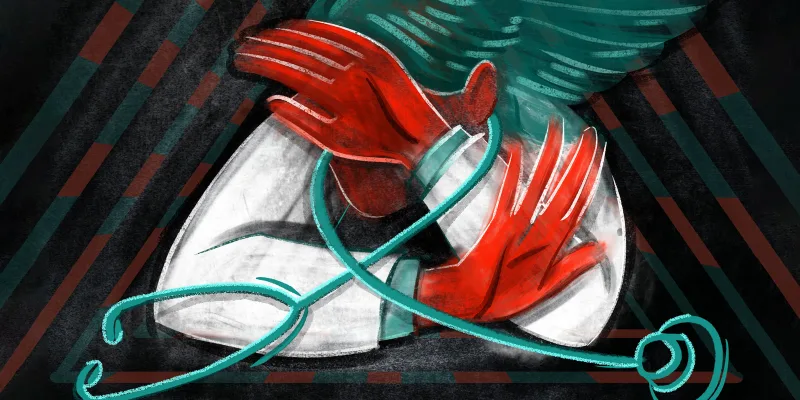
Mr. Lopez returned to the hospital, struggling with symptoms of his advanced cancer as he entered the terminal phase of his life. He was discharged home two days after being told that his disease had progressed and there weren’t therapies to help him. This news came as a shock to him and his family. They hoped for a miracle but, given that he had no acute medical needs to be attended to in the hospital, the family had no choice but to take him home. This patient was interesting to me because he was cared for by so many interdisciplinary ‘groups’ in the hospital: ICU, Internal Medicine, Palliative Medicine, Oncology.
I have been fascinated by the concept of group-work vs. teamwork — what transforms a group into a team? The word “team” is all around us: a sports team, a hospital team, an executive team. Groups of people seem to work together, guided by individual goals. Teams, on the other hand, are groups of people working to achieve a shared goal (though they may have individual goals within the scope of that shared goal). Indeed, a shared goal, or purpose, is one of the qualities of highly functional teams.
I have been working on the Palliative Medicine and Hospitalist teams for the past 10 years and, in that time, I have seen Palliative Medicine transform from a group into a team. As I reflect on that transformation, it occurs to me that such transformations depend on our shared goal: the individual patient. We perform as a team when we perform for that patient. As Amy Edmondson suggested in her work on highly effective teams, we determine a shared purpose by framing it as a learning problem. In our case, we want to understand the patient — and we know that getting to that place of understanding may take a great amount of time and energy.
We discussed Mr. Lopez’s case in Palliative Medicine morning rounds, eliciting perspectives from different disciplines. Our chaplain helped us understand that Mr. Lopez’s faith is what guides him and his family in their decision making; our social worker was able to inform us of the family’s struggle with finances in caring for him at home. We all came together and decided that the purpose of that day’s visit would be to validate, support, and acknowledge the uncertain and unfair circumstances that Mr. Lopez and his family found themselves in.
We decided to share our purpose/intentions for the visit with the medical team and we learned that their goal for the day was to understand if Mr. Lopez wanted hospice at home (because he was medically ready to go home). We all acknowledged that hospice at home would be a compassionate option and from chart documentation, was aligned with his values. And yet, we knew Mr. Lopez was hesitant about the hospice at home option. Thus, we all came to the shared understanding that it would be important to validate and support him and his family feelings before before exploring or recommending the best care option.
In Mr. Lopez’s case, the medical system writ-large put its goals aside for that day to align, validate, and support this family. The trust established during that visit helped the Lopezes to explore many discharge options, including eliciting help and support from his faith community. Ultimately, Mr. Lopez was discharged home with hospice (plus caregiving support from his church community). I know it doesn’t always work out this way, but the clarity of shared purpose helps bring meaning to this complex work.
Here are some of my take-aways from my work with Mr. Lopez:
- Embrace interdependency (knowing that we all want the best thing for the patient and asking how can we achieve it together)
- Identify the patient’s “team of the day.” In today’s complex health care system, the teams are dynamic. It takes conscious thought to determine who belongs on a patient’s team.
- Frame the shared purpose as a learning problem. Most of the time with our task-driven days, we get into the mindset of thinking that we know the depth of the problem from vitals and labs. But bumble inquiry, a skill of curious questioning, might help unearth different perspectives …
- Embrace (and verbalize) discomfort around uncertainty. As physicians, we thrive on predictability, on knowing that our interventions are going to produce the desired outcome— and that’s important. At the same time, we need to be able to hold uncertainty alongside the science.
Caring for patients requires us to share space with groups of people from different disciplines. Having a shared purpose is one step towards functioning as a team to provide meaningful care.
Dr. Loveleena Virk is a Palliative Medicine and Hospital Medicine physician based in Oakland, California. She is interested in exploring ways to share skills for communicating serious illness with clinical providers. She has no conflicts of interest. The name, age, and diagnosis of “Mr. Lopez” have been modified to protect the privacy of the patient.






